Argentinian Food Dishes: Basic Overview
Common Ingredients
Common Cooking Methods
Courses
Meals
Key Taste
Eating Etiquette
Meal Presentation
Culinary Festivals
Influence and Fusion
Popular Types of Argentinian Dishes
-
Grilled and Barbecued Dishes
Argentine cuisine is renowned for its grilled and barbecued dishes, epitomized by the asado, a social barbecue event featuring various cuts of meat.
This cooking style uses high-quality meat, mostly beef, slow-cooked over a wood fire to have a smoky flavor.
-
Cakes and Pastries
Cakes and pastries are special in Argentine cuisine, reflecting the impact of Italian and Spanish cuisines.
Bakeries (panaderías) and cafés across Argentina offer many sweet treats.
-
Condiments and Sauces
Argentine condiments and sauces are characterized by bold flavors, with chimichurri sauce being the most famous.
-
Desserts
Desserts in Argentina often feature dulce de leche, a beloved sweet caramel sauce.
These sweets demonstrate Argentina’s love for indulgent flavors, blending local ingredients with European dessert traditions.
Argentine dishes blend indigenous traditions with influences from Spanish culinary offerings, Italian treats, and other European gastronomic delights. The cuisine of this South American country is known for its emphasis on meat, particularly beef.
Indeed, steak in Argentina is not just food but an art form, with meticulous attention paid to the marination, cooking process, and even the serving. Meat, in general, is also celebrated in Argentine asado, a national barbecue dish.
Seafood also has its place in Argentinian cuisine, especially in coastal regions and southern parts of the country.
The varied landscape of Argentina, from its vast plains to Andean regions, contributes to the huge food source, offering ingredients for many delights. They range from stews and pasta dishes to sweet treats.
Here, you can dig into Argentine cuisine to explore its most beloved dishes and understand the importance of traditional foods, their worldwide appeal, and their nutritious value.
Later, you’ll know the key elements shaping this rich culinary culture, meal customs and the art of pairing beverages with meals in Argentina. Keep reading!
23 Popular Argentinian Dishes with Filters
Here are the top 23 Argentinian culinary treasures, ranked by their popularity. For your convenience, you can utilize filters to sort these selections by ingredients, taste, cooking techniques, and dish types.
Plus, this compilation includes the most common favorites, national specialties, and street food options. offering endless opportunities for you to explore.
They embody the heart of Argentinian cooking tradition, featuring both robust flavors and nutritious ingredients. That’s why they are widely consumed around the country.
Asado
- National
- Traditional
Asado is a special way to make grilled dishes in Argentina. This national dish involves slow-cooking various cuts of meat over a wood-fired grill.
The meat choice for an Asado dish is quite diverse. It could be chorizo, ribs, sausages, and steaks, all on the grill for a fantastic party.
Argentine people don’t usually season their meat. The best flavor of the dish is based on the meat quality and how the chef sets the fire.
Empanada
- National
- Street Food
- Traditional
Empanadas is one of the most typical Latin American dishes, and in Argentina, it’s extremely popular. They are savory pastries filled with various ingredients.
The filling with beef is the most common, but chicken, ham and cheese, eggs and bacon, or sweet corn are other tasty options. Overall, empanada has a pillowy and soft cover waiting to melt in your mouth.
The name of this dish comes from a Spanish word called “Empanar,” which means “covered in bread.”
Northern Spain immigrants have brought this spectacular dish to Argentina with a larger size and two layers of crust pie served in slices.
Chimichurri
- Traditional
Chimichurri is a special sauce in Argentina that can have a red or green color. The green variant is called Chimichurri Verde while the red one is Chimichurri Rojo.
It is typically made from finely chopped parsley, minced garlic, olive oil, oregano, and red wine vinegar. However, you can find some recipes with an adjustment of ingredients to suit your taste.
A grilled dish, especially asado, in Argentina will not be completed without this special sauce. Fish also matches well with the Chimichurri flavor.
The origin of Chimichurri is still a myth. Some say that it comes from a meat dealer from Britain called Jimmy Curry. Others say that it originates from the phrase ‘che mi curry’ of soldiers from England during the Spanish colonial time in Argentina.
Dulce De Leche
- Traditional
Dulce de leche is a famous sweet, thick, and smooth paste originating in Argentina by a maid of General Manuel de Rosas. This maid accidentally overcooked her milk and sugar mixture; then, we had a tasty dessert with a brown color.
Dulce de leche enriches almost every recipe, from ice creams, pastries, cookies, to cheesecake. You can even enjoy it directly on a spoon for a creamy flavor.
It only takes around 35 minutes to make this brown smooth paste, but it can be stored in the refrigerator for up to three months.
Alfajores
- Traditional
Alfajores is a delicious Argentinian dessert with the touch of dulce de leche in the middle of these beautiful sweet treats to enrich their flavor.
There are some tasty fillings that you could try with this cookie recipe, such as fruit and cream or chocolate mousse. These alfajores are usually made during holidays or tea time for your family.
The name “Alfajor” actually comes from the word “al-hasú” in Arab, which describes these cookies’ stuffed or filled feature. Alfajores’s hometown is Andalusia (Spain), and this treat was invented during the Moor occupation.
Milanesa
- Traditional
Milanesa combines pan-fried cutlets, fried potatoes, and some vegetables. It’s a beloved dish in Argentina, showcasing the country’s European influences, particularly from Italy.
Milanesa is traditionally made from thinly sliced beef or sometimes chicken, usually seasoned plainly with salt, parsley, and garlic, and coated in breadcrumbs.
The meat slices are then fried until golden and crispy. Pairing it with french fries or mashed potatoes is an excellent idea.
FYI, milanesa a Caballo is a famous variety with a fried egg on top of the meat.
Locro
- National
- Traditional
The name “lorco” has traveled around the Andean civilization and so has Argentina. Lorco is also a national dish here, which is made by stewing squash, corn, ground meat, and additional vegetables to enhance the dish’s texture and taste.
In Argentina, many families usually make the dish for the holiday season, especially in winter. Besides, the national dish is also very popular in May when the locals call it May Revolution week.
Locro has a spicy flavor and a creamy taste, so pairing it with bread is a good idea.
Matambre Arrollado
- National
- Traditional
In Argentina, Matambre Arrolado is a classic dish made from a thin cut of beef called matambre, which is the layer of meat and fat found between the skin and ribs of the cow.
This cut is laid out flat and then topped with various ingredients before being rolled up, cooked, and sliced. The filling typically includes vegetables (like carrots, peppers, and onions), hard-boiled eggs, and herbs (like parsley and garlic).
The name “Matambre” is a portmanteau of the Spanish words “matar” (to kill) and “hambre” (hunger), implying it’s a dish meant to stave off hunger quickly. Plus, “arrollado” means rolled, describing the dish’s preparation method.
The dish is delicious when you enjoy it standalone, or you can use some extra herbs or add Chimichurri sauce to improve the taste. Depending on your choice, you can have this dish cold or hot and serve it as a tasty main dish or an appetizer.
Puchero
- Traditional
Puchero is a hearty Argentinian stew characterized by various types of meat, including beef, chicken, and sometimes pork or chorizo, cooked slowly with a mix of vegetables (such as potatoes, carrots, corn on the cob, and squash).
Puchero is traditionally cooked in a large pot over low heat for several hours. A side of bread often accompanies it for dipping into the broth.
The stew represents the fusion of indigenous South American and European (particularly Spanish) culinary traditions. In fact, The name “puchero” comes from the Spanish word for pot, reflecting the dish’s humble origins.
Choripán
- Street Food
- Traditional
Choripán is an Argentine sandwich with chorizo sausage for a savory filling. As the main ingredients are chorizo and crusty bread (also known as “pan” in Spanish), the name “Choripán” is a wordplay between these ingredients.
It’s an ideal street food that you can find everywhere in Argentina, from a street food vendor to fancy restaurants. In restaurants, it is usually served as an appetizer for a fine meal.
Choripán has many variants worldwide, such as those in Brazil, Chile, and the U.S.
Humita
- Traditional
Humita is a traditional dish in Argentina made from a mixture of grated fresh corn, onions, cheese, and spices, which are then wrapped in corn husks and steamed or boiled.
The mixture for humita often includes a sofrito, a sautéed combination of onions, garlic, and bell peppers, seasoned with paprika and local spices.
This base is mixed with fresh corn, sometimes pureed to a coarse texture to form the bulk of the filling. Grated cheese is added to the mixture, providing a creamy texture and rich flavor.
Humita is normally tied with strips of husk or string before steaming or boiling. It can be enjoyed as a side dish or a main course, often accompanied by a fresh tomato salsa or a drizzle of crema (a type of sour cream).
In some regions of Argentina, humita is also made into a casserole-like dish, without the husks, showcasing the versatility of this traditional food.
Carbonada Criolla
- Traditional
Carbonada is another beef stew that is very popular in Patagonia (Argentina). This dish’s highlight is a stew served inside a hollowed-out pumpkin or squash.
The stew’s base is made from beef, typically cut into small cubes, which is slowly cooked with onions, garlic, and vegetables like carrots, corn, and potatoes. Adding fruits, most notably dried apricots or peaches, increases a subtle sweetness to the dish, creating a complex flavor.
Its roots can be traced back to the rural gauchos (cowboys) of Argentina, blending indigenous and European culinary practices.
Provoleta
- Traditional
Provoleta is Argentine’s well-liked dish that showcases the country’s love for grilled foods and cheese
It includes a thick slice of Provolone cheese, seasoned with oregano and chili flakes, then grilled until it becomes wonderfully melted and slightly crispy on the outside.
This cheese is a variant of Italian provolone cheese. Provoleta can be a tasty appetizer or side dish in Argentine barbecues asado.
It’s commonly accompanied by crusty bread, perfect for dipping into the gooey cheese, and sometimes chimichurri sauce, adding a fresh, herby contrast to the smoky cheese.
Fugazza
- Traditional
Fugazza (or fugazzeta) is a special pizza variant from Argentina, influenced by the famous Italian pizza. Unlike traditional pizza, fugazza lacks tomato sauce, and it comes with a generous topping of onions.
The base of Fugazza is a thick, bread-like dough, closer to focaccia than to the thin crusts of Italian pizza, hence the name’s resemblance.
Cheese, typically mozzarella, can be added on top of the onions. In fact, there are two options for you to choose, such as “con queso” (with cheese) or “sin queso” (without cheese)
A pizza maker, Juan Banchero, is believed to be the father who created this Argentinian recipe between 1893 and 1932.
Pastelitos Criollos
- Traditional
Pastelitos Criollos is an authentic Argentine dessert filled with fruit filling (quince) or sweet potato jam. For fans of the irresistibly rich dulce de leche, this creamy delight can also serve as a decadent filling.
Crafting the star-like shape of Pastelitos Criollos is an art, requiring skillful hands to layer and sculpt two delicate sheets of pastry dough around the luscious center. A final touch is vibrant, colorful sprinkles, improving an appealing appearance.
Pastelitos is usually served on May 25 to celebrate the May Revolution and the formation of the Argentinian independent government.
Flan Mixto
- Traditional
Flan mixto (or flan casero mixto) is an Argentine-style custard flan paired with dulce de leche and whipped cream. Actually, fan mixto is a variant of flan, a classic dessert from France.
The sweetness of the caramel and the dulce de leche contrasts with the lightness of the whipped cream, while the custard base brings it all together with its dense, creamy texture.
The dish is so prominent that it even has a route named after it, ‘La Ruta Del Flan Mixto’. This route is where you can find the best flan mixto in this country.
Postre Vigilante
- Traditional
In Argentina, Postre Vigilante is an ideal dessert for cheese lovers. It’s famous for its sweet and buttery flavor.
This dessert pairs two main components: a slice of quince paste (dulce de membrillo) or sweet potato paste (dulce de batata) with a thick slice of semi-soft cheese, such as Pategrás, Gouda, or a similar variety.
The contrast between the sweet, slightly tangy paste and the creamy, mellow cheese creates a harmonious blend of flavors. Many Postre Vigilante variants use different types of cheese and dulce. These variants’ names are ‘queso y dulce’.
The dish was invented in 1920 at a cafeteria frequently visited by the police. That is why this cheesy treat has its name “vigilante,” meaning “watchman” or “guard”.
Lomito
- Street Food
- Traditional
Lomito is an authentic Argentine sandwich with tasty slices of Lomo steak. The beef is expertly grilled or pan-fried.
Common additions in Lomito are a slice of ham, melted cheese (often mozzarella), crisp lettuce, and tomato slices. It’s also added with mayonnaise, mustard, and chimichurri sauce.
Lomitos are widely available across Argentina, from street food vendors to cafés and restaurants, especially in urban areas. Argentinian people often have it as a snack during the day.
Chipá
- Street Food
- Traditional
Chipá is a beloved snack in Argentina, particularly in the northeastern region. These small, cheesy bread balls are made from tapioca starch (a gluten-free flour derived from the cassava root), so they have a chewy texture.
The dough is added a generous amount of cheese, typically a firm, salty cheese like Paraguayan Queso Paraguay or Argentine Queso Sardo, creating a savory taste to chipá.
You will likely run into a street food cart selling these breads in a small plastic bag almost everywhere in Argentina.
Plus, they were first invented around the 18th century by the local Guaraní people.
Tamale
- Traditional
Tamales are a special dish consumed popularity in Argentina and some neighboring countries. The dish comprises steamed corn dough wrapped in corn husks or banana leaves. After enjoying the dish, you can discard the wrapping.
This Argentine specialty has plenty of filling choices; from meats, cheeses or vegetables, and herbs. Some aromatic spices like peppers and ají can perfume the dish.
Tamales salteños is a famous variant in the town of Salta (Argentina). In this version, locals use shredded lamb or pork.
Medialuna
- Traditional
Medialuna is a croissant-like pastry from Argentina with a flaky texture. This treat is part of a large pastry family called “facturas.” Medialuna means ‘crescents’ in English, describing the half-moon shape of this treat.
Tasty fillings like dulce de leche or pastry cream are some options to boost the overall flavor. The zesty taste of lemon added to the dough makes this dessert different from other croissant-like pastries.
You will find these treats at a reasonable price in almost any coffee shop or bakery in Argentina.
Rogel
- Traditional
Rogel is an Argentine dessert with indulgent layers and sweet, caramel flavor. It’s a traditional pastry consisting of thin, crispy layers of dough stacked high and filled with generous amounts of dulce de leche.
The layers are typically made from a simple mixture of flour, eggs, and fat, rolled out thinly and baked until golden and flaky. The dessert is often crowned with a glossy Italian meringue.
In Argentina, you can call this dessert ‘Alfajor Rogel’ because it resembles the Alfajor cookies.
Chocotorta
- Traditional
Chocotorta is an Argentinian layered dessert with a bold and delicate sweet flavor. This no-bake cake stands out for its ease of preparation and combination of chocolate and dulce de leche.
The base of the Chocotorta is made from chocolate cookies, typically “chocolinas.” These cookies are soaked in coffee or milk to soften them and then layered with a mixture of dulce de leche and cream cheese.
Chocotorta is especially popular at birthdays, gatherings, and holidays. You can make the dish into any shape, but the rectangle shape is the most common choice.
What Are Influencers on Argentina’s Food Culture?
Some multifaceted influencers are shaping Argentina’s food culture, which will be highlighted through four main points below.
The country’s culinary culture also features through its meal structures. For more details, keep reading!
How Are Meal Structures in Argentina?
Here’s a brief overview of typical Argentine meal times and dishes.
Following up, let me introduce some drinks to complement food specialties like a pro.
What Are Ideal Beverages To Go With Dishes in Argentina?
To complement amazing Argentine dishes, various beverages ranging from wines to traditional drinks serve as ideal pairings:
Overall, Argentina is a glamorous country well-known for its beauty and, of course, its spectacular delights. Which one have you tried, and what are your Argentine favorites?
Please feel free to share your thoughts in the comment section. And don’t forget to subscribe to our site for more interesting facts about food around the globe. I hope you have a great day, see you next time!




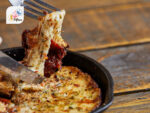
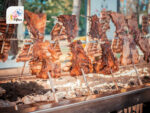
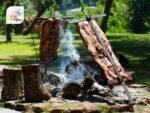

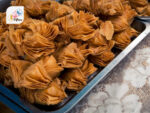


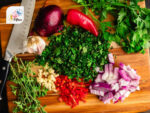
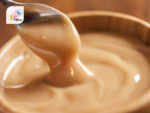
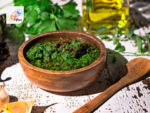


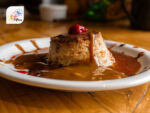


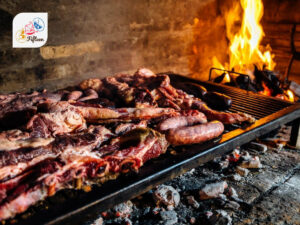

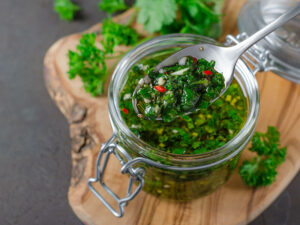
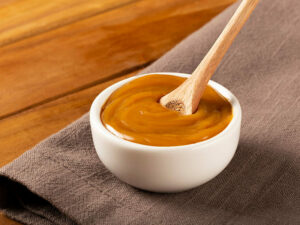

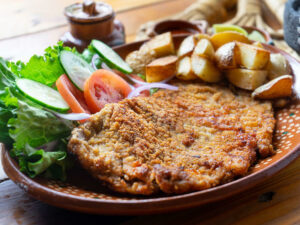
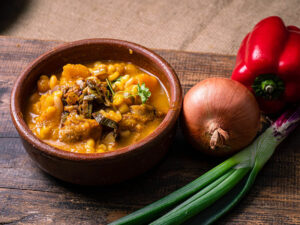
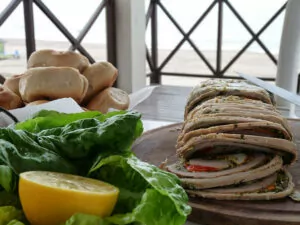
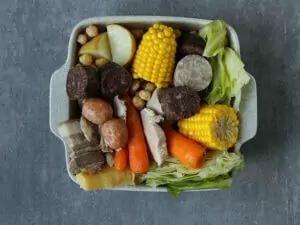
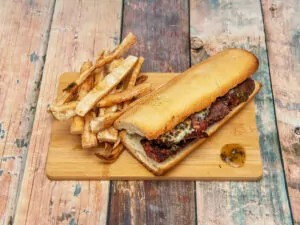
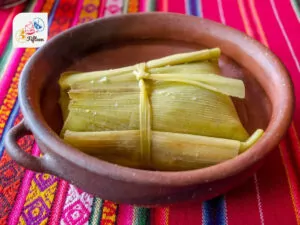
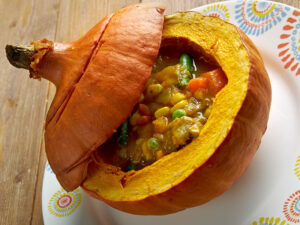
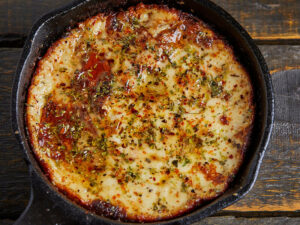
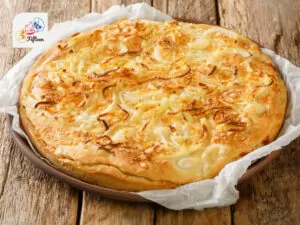
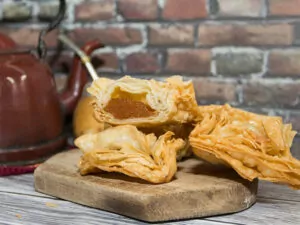
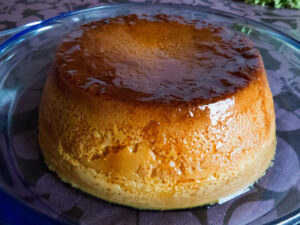
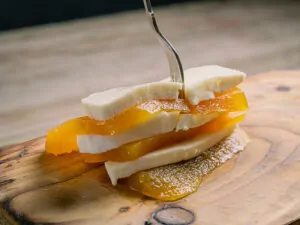
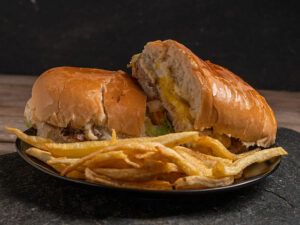
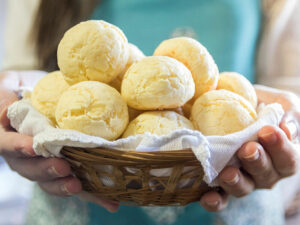
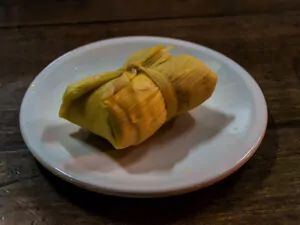


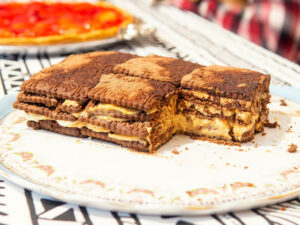
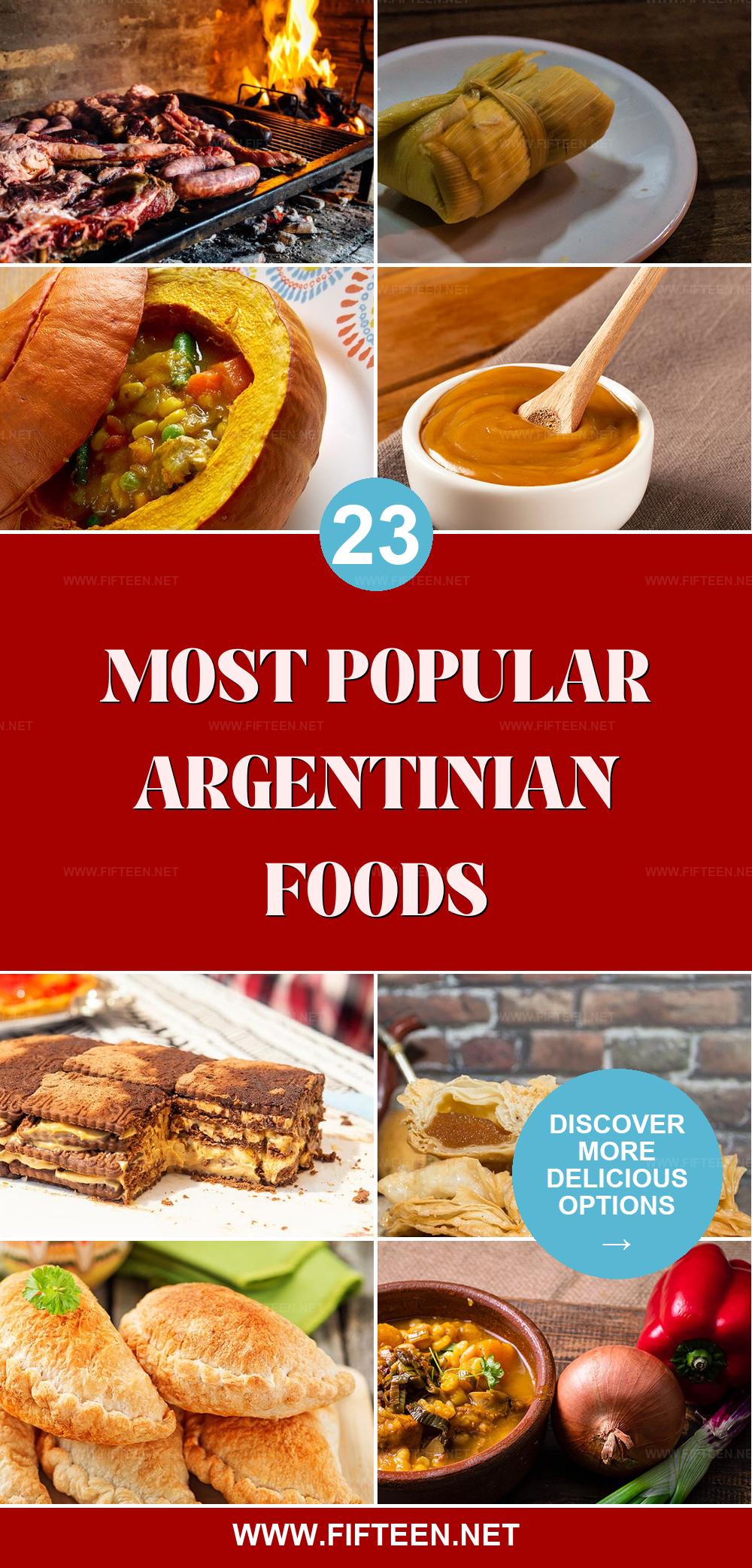
Jamie Scott
Editor in Chief, Senior Content Writer
Expertise
Home Cooking, Meal Planning, Recipe Development, Baking and Pastry, Food Editor, Cooking-video Maker, Western Food Evaluation Expert
Education
Le Cordon Bleu College of Culinary Arts
Local Community College, New York, NY
Jamie Scott is a skilled culinary expert and content creator specializing in Western cuisine. With over 15 years in the culinary field and formal training from Le Cordon Bleu, Paris, Jamie deeply understands how to blend nutrition with delicious flavors. His passion for cooking matches his commitment to making healthy eating accessible and enjoyable.
On Fifteen.net, Jamie brings a fresh perspective to classic dishes and beverages, offering readers insightful recipes, cooking tips, and a fresh view on meal planning that emphasizes taste, health, and simplicity.